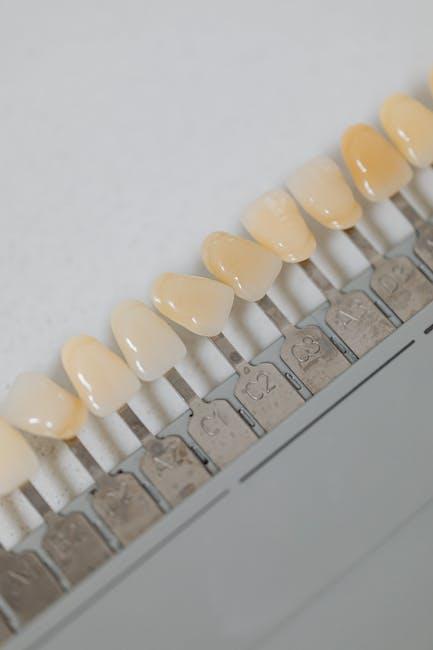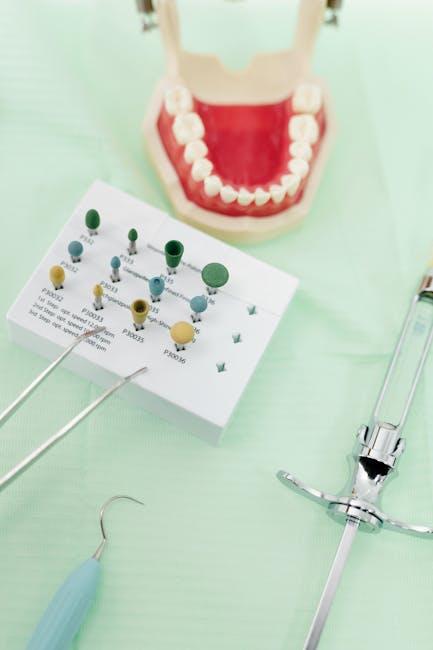
Four Developments to Transform the Future of Dental Implants Market – Med-Tech Insights
The dental implants market is rapidly evolving, driven by innovative technologies and advanced materials that are reshaping dental care. As millions worldwide seek reliable and long-lasting tooth replacement solutions, the demand for cutting-edge dental implants is soaring. In this article, Med-Tech Insights delves into four key developments that are set to revolutionize the future of the dental implants market, enhancing patient outcomes, improving precision, and accelerating market growth.
Introduction: Shaping the Future of Dental Implantology
Dental implants have become the gold standard for tooth replacement due to their durability, aesthetics, and ability to preserve jawbone integrity. However, the market faces continuous challenges such as biocompatibility, integration speed, patient-specific customization, and cost efficiency. Innovations in materials science, digital manufacturing, and biotechnology are paving the way for the next wave of advancements that promise to address these challenges effectively.
Whether you are a dental professional, investor, or patient curious about what’s next, understanding these transformations can provide valuable insights into the future of oral health and implantology.
1. Bioactive and Nano-Engineered Implant Surfaces
One of the most significant developments reshaping the dental implants market is the enhancement of implant surfaces at the nano-level combined with bioactive coatings. These innovations promote faster osseointegration—the process by which the implant fuses with the bone—while reducing inflammation and infection risks.
- Nano-texturing: Modifying titanium and zirconia implant surfaces on a nanometer scale improves the adhesion of bone cells and accelerates healing.
- Bioactive coatings: Incorporating substances like calcium phosphate or growth factors can stimulate bone regeneration around the implant.
- Antibacterial properties: Advanced coatings reduce bacterial colonization, minimizing peri-implantitis risks.
These surface enhancements result in improved implant success rates and shorter recovery times, driving patient satisfaction and broadening market adoption.
2. Digital Dentistry and AI-Driven Implant Planning
Digital technologies, particularly artificial intelligence (AI), are revolutionizing implant planning and placement. Through computer-aided design (CAD) and 3D imaging, dentists can now create highly accurate surgical guides and personalized implants.
- 3D Cone Beam CT (CBCT): Offers comprehensive visualization of jawbone structure for precise implant positioning.
- AI-powered software: Analyzes patient anatomy and suggests optimal implant size, angle, and depth, reducing human error.
- Virtual surgical simulations: Enhance preoperative planning and patient communication.
The integration of AI and digital workflows improves clinical predictability, shortens procedure times, and reduces costs, which collectively fuel market growth and technological adoption.
3. Customized and 3D-Printed Dental Implants
Personalization is key in modern dental implantology. 3D printing technology enables the manufacturing of patient-specific implants and prosthetics that perfectly conform to individual anatomical requirements.
- High precision manufacturing: Additive manufacturing allows for complex surface designs that enhance bone integration.
- Faster production cycles: Rapid prototyping shrinks waiting times from weeks to days.
- Cost-efficiency: Reduced waste materials and efficient workflows lower overall procedure costs.
With customizable implants, dentists can provide tailored solutions that improve comfort, aesthetics, and long-term success rates, making this development a key market driver.
4. Integration of Regenerative Medicine and Stem Cell Technology
Regenerative medicine is opening exciting avenues for dental implants by leveraging stem cells and biomaterials that encourage tissue regeneration and repair.
- Stem cell-enhanced implants: Utilizing mesenchymal stem cells promotes bone and soft tissue growth around the implant site.
- Growth factor incorporation: Enhances healing and strengthens implant anchorage.
- Biodegradable scaffolds: Support natural tissue regrowth while gradually degrading.
This integration offers revolutionary potential to improve outcomes for patients with compromised bone quality or volume, expanding the eligible patient base and transforming treatment approaches.
Benefits and Practical Tips for Dental Professionals
Embracing these innovations can benefit dental practitioners by improving procedural success and patient satisfaction. Here are some practical tips:
- Stay informed: Regularly update your knowledge on bioactive materials and digital tools.
- Invest in training: Gain proficiency with AI planning software and 3D printing workflows.
- Collaborate with specialists: Work alongside bioengineers and stem cell researchers to explore clinical trials.
- Educate patients: Share benefits of new technologies to increase acceptance and trust.
Case Study: Revolutionizing Implant Success with Nano-Textured Surfaces
In a recent clinical study conducted at a leading university hospital, patients receiving nano-engineered titanium implants showed a remarkable 30% faster osseointegration compared to traditional implants.
| Parameter | Traditional Implant | Nano-Textured Implant |
|---|---|---|
| Osseointegration Time | 12 weeks | 8 weeks |
| Post-op Infection Rate | 5% | 1.5% |
| Patient Satisfaction | 85% | 95% |
This case illustrates how surface innovations directly impact patient outcomes while reducing complications and accelerating recovery.
Conclusion: The Future is Bright for the Dental Implants Market
The dental implants market stands at the frontier of extraordinary transformation thanks to bioactive materials, AI-assisted digital workflows, 3D printing, and regenerative medicine. These developments not only promise to enhance the efficacy and affordability of dental implants but also expand their accessibility to a broader, more diverse global population.
For dental professionals and industry stakeholders, keeping pace with these trends is essential to remain competitive and deliver superior patient care. The future of dental implantology is personalized, fast, and biologically advanced, ushering in an era where tooth loss no longer impairs quality of life but offers new opportunities for health and confidence.
Stay tuned with Med-Tech Insights for ongoing updates and deep dives into the latest innovations transforming healthcare markets worldwide.


